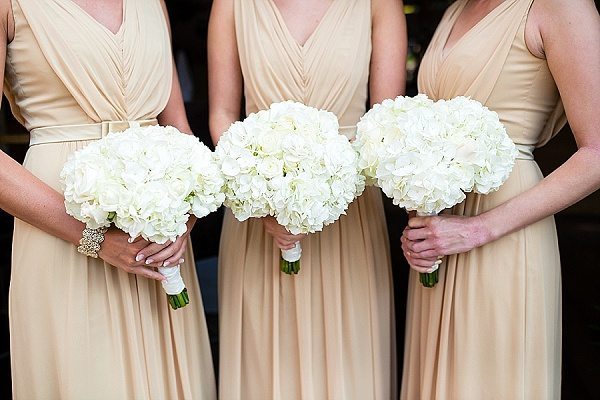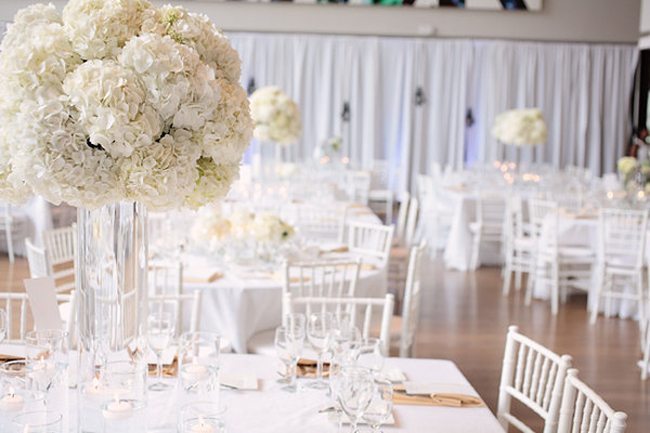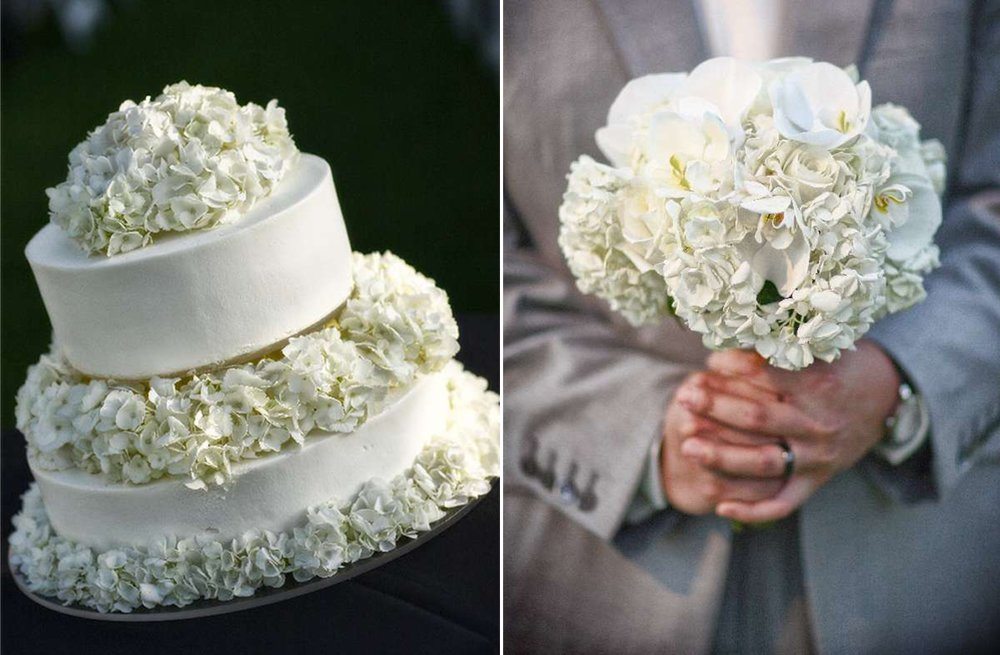Flower of the year: Hydrangeas
Our flower of the year is the beautiful hydrangea. Hydrangeas are beautiful flowers, with many different species, and producing their flowers from early spring to late autumn. There are some of these shrubs such as Endless Summer Hydrangeas which are able to re-bloom throughout the spring and summer months, adding even more visual appeal to your garden for just that much longer. In fact these Endless Summer hydrangeas bloom for about 10 weeks longer than your average Hydrangea macrophylla plants.
Welcome Your Hydrangea with Rich, Fertile Soil
For planting, once you have prepared your soil, lay out the plants, bearing in mind their mature size. You don’t want to plant them to close to each other as they fill out and they need air to circulate through their particular garden. It is always a good idea to dig the hole for planting slightly larger than the pot size and to put in fertilizer and some organic soil just to improve the soil mix before putting your hydrangeas in place.
The location where you plant your hydrangeas is hugely important for bloom production. These popular garden shrubs grow well in well-drained, moist soil and they like a cool, semi-shady spot in the garden.
If you see the roots are tightly packed from being in the pot, just loosen them gently before planting them as this will encourage root growth. To avoid the hydrangea drying out, make sure that the crown is even with the ground level and not placed too high. Fill the hole up with soil and pack it firmly around the crown, making a water dam to ensure water doesn’t run off.
Different Soils, Different Colors
With most species the flowers are blue or white, pink, reddish and purple. The color of these beautiful flowers is often dependent on the alkalinity of the soil, with acidic soils producing the blue flowers. In fact the mophead and lace-cap hydrangeas are the ones known for changing colors in different soils.
If you want to see your hydrangeas thriving, try and include some organic matter into the soil. Garden compost or even some farmyard manure will help your hydrangeas bring even more pleasure into your garden. It’s a good idea to therefore feed your hydrangeas annually in late winter. You don’t want to do it more often than this as too much feeding can result in a lot of leafy growth and less likelihood of flower buds.



